



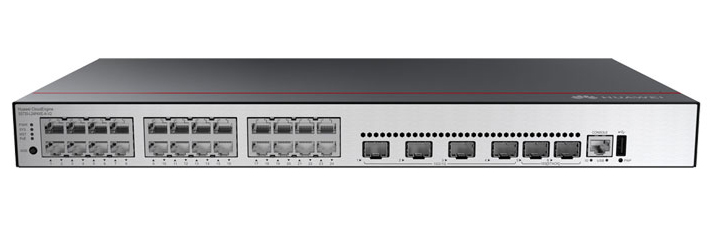
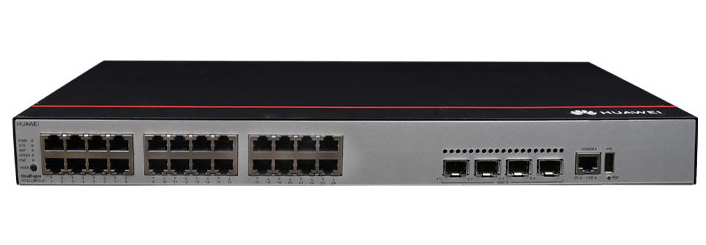



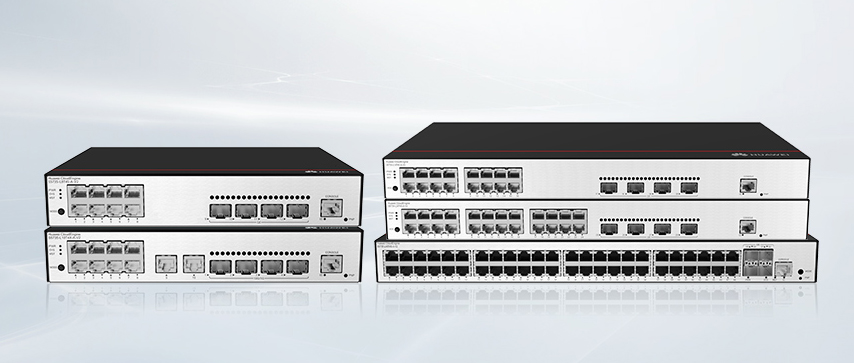
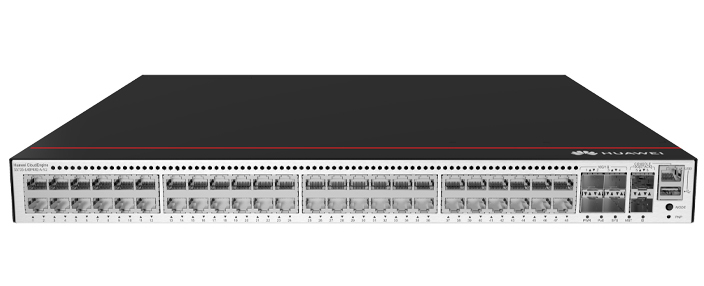
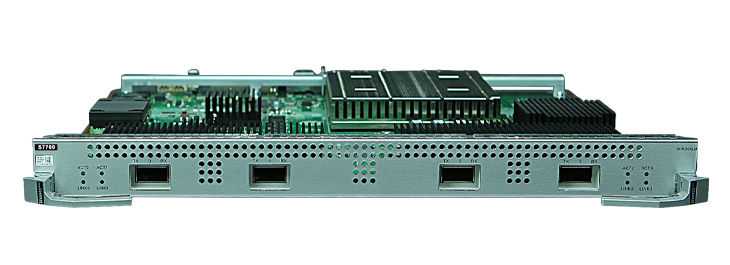

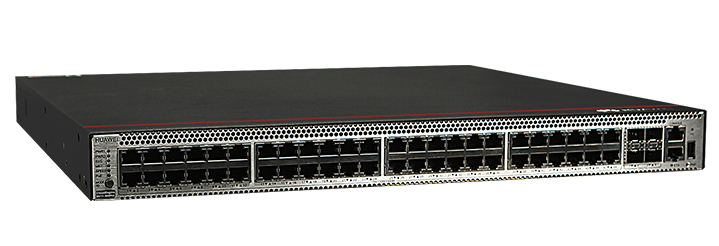
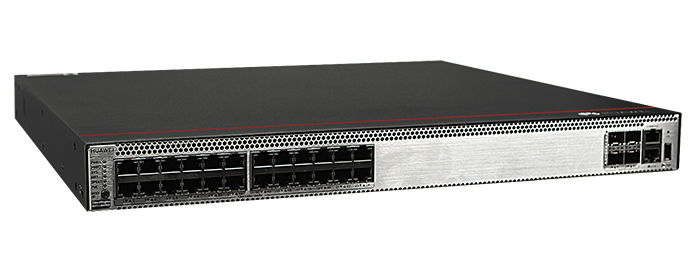

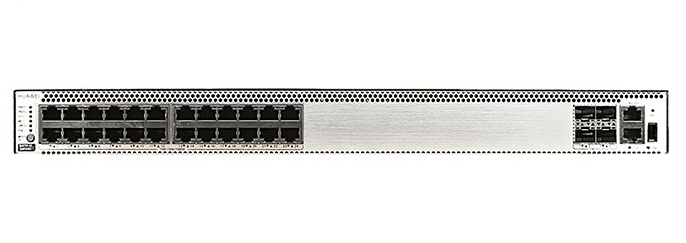
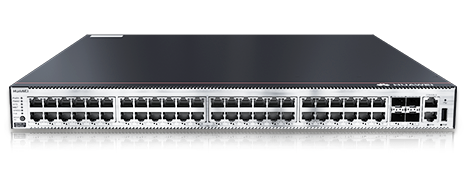

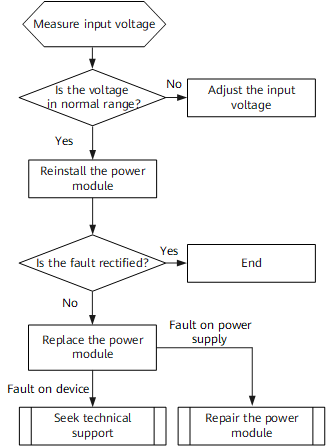


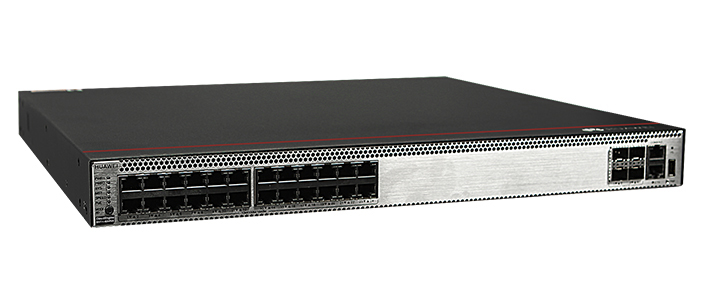
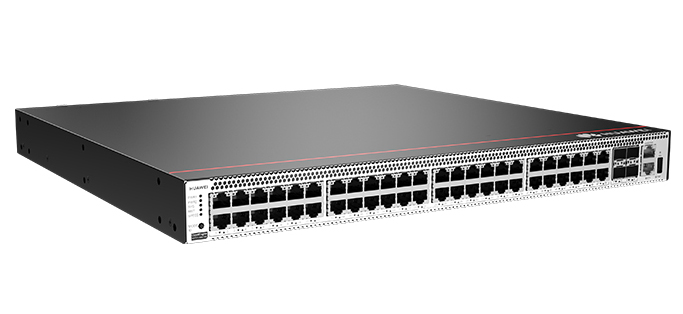
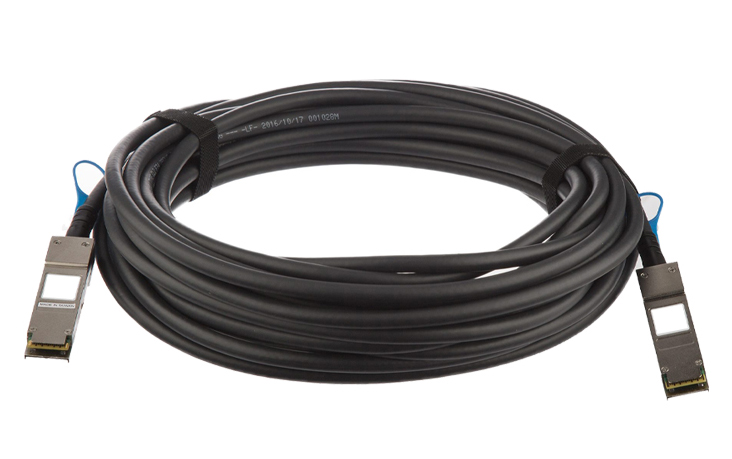
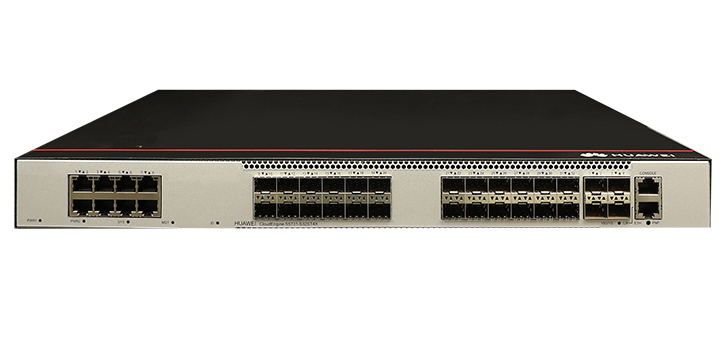
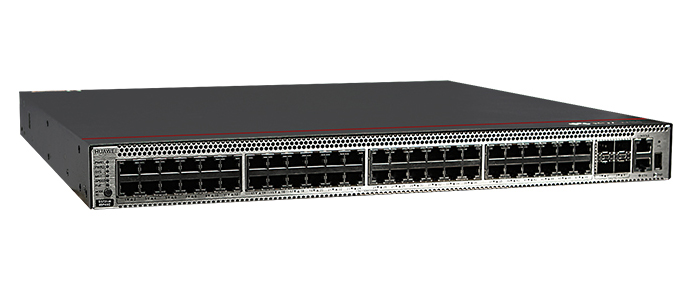
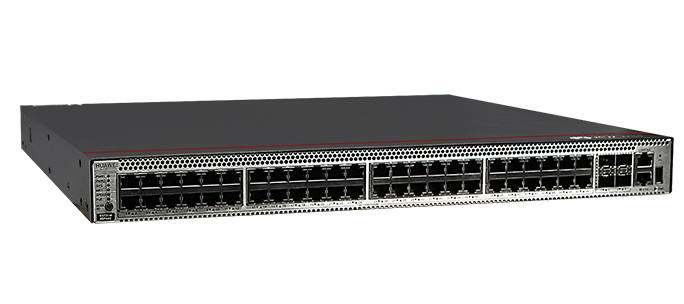
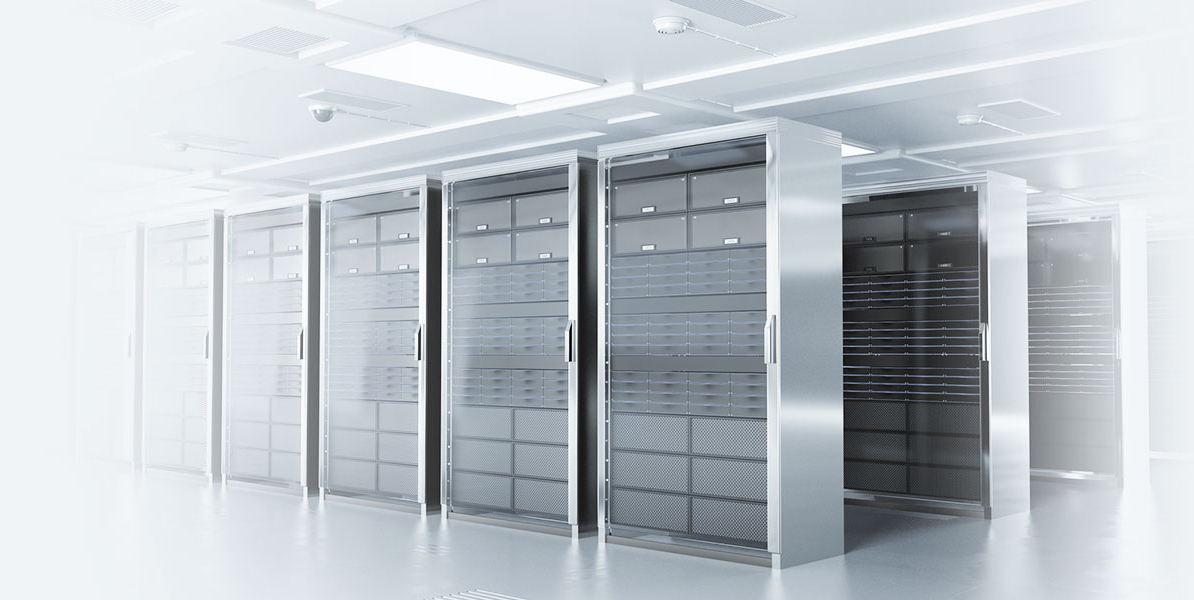
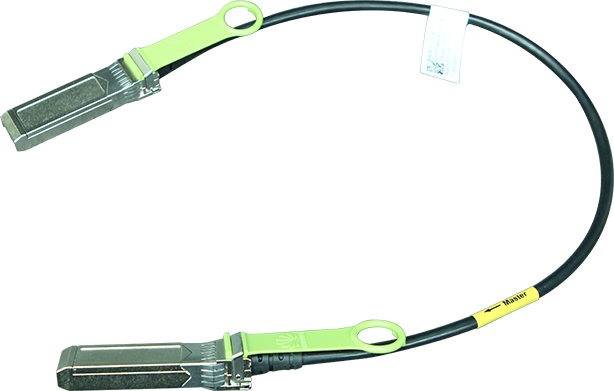
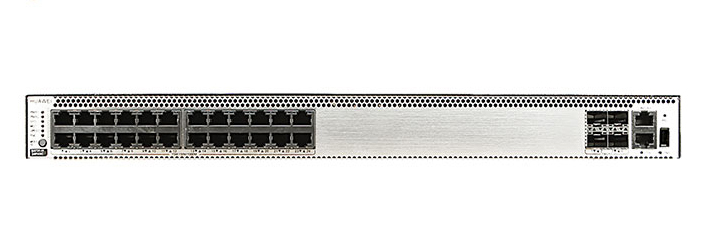
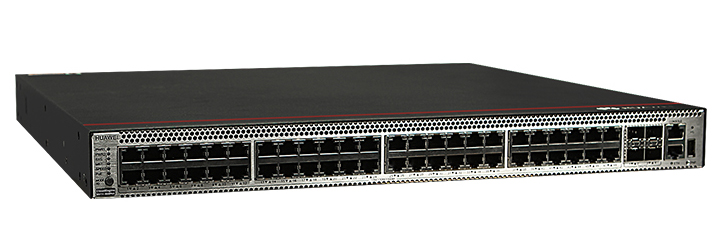
The Apple MacBook Air M3 is the brand's thin and light laptop series, and it's also Apple's entry-level machine compared to the more expensive (and heavier) MacBook Pro line. The question then becomes, is the M3 MacBook Air worth it?
I'll explain some pros and cons to help you decide if you should pick up an M3 MacBook Air.
A MacBook Air can best be categorized as an ultraportable laptop. That typically means laptops under or around three pounds, but don't bother with the most powerful hardware.
Accordingly, a MacBook Air isn't much of a gaming machine or a workstation, although it can play some games and handle a variety of apps.
In general, you should consider a MacBook Air if:
A MacBook Air is a good choice of computer as long as you aren't planning on doing anything that requires serious processing power, like hardcore gaming or video editing.
That being said, you can do all kinds of heavy work (e.g., video editing, audio editing, etc.); it'll just take longer than higher-end (and far more expensive) MacBook Pros.
If you are considering upgrading from an Intel-based MacBook Air, you'd be hard-pressed to find any Intel-based MacBook faster than any (even the base model) M3.
The M3 MacBook Air isn't a night-and-day difference from the last generation, but some meaningful changes with the new model are worth considering.
Below are our top three reasons to buy an M3 MacBook Air.
As you might expect, the M3 MacBook Air sports Apple's M3 chip rather than the last-gen M2 chip.
The M3 features important new technologies, like Dynamic Caching, that limit memory usage to precisely what's needed to increase overall GPU performance.
In general, the most significant performance uplifts with the M3 are GPU-focused. Still, Apple also promises that the M3 family of chips have 50% faster CPU performance and an upgraded Neural Engine that perform 60% faster than the M1.
If you love the MacBook Air's thin-and-light design philosophy but are at the limit of what Apple's M1 or M2 chips could handle, be it in terms of CPU computing or GPU performance, the M3 MacBook Air is a nice upgrade that's still slim and lightweight.
As mentioned above, the 13" M2 Air is still around, but not so for the 15" M2 Air. For that, you have to turn to the 15" model.
Not only does the M3 MacBook Air offer a 15-inch model, but all M3-based MacBook Air models now support up to two external displays (when the lid is closed). That's opposed to the one external display the M2 MacBook Air supports.
If you want a little more resolution and the ability to run two external monitors, the 15" M3 Air is your only choice.
Apple has a reputation for making expensive devices, and the company earns that reputation in many ways.
However, the base model of the last-generation (and newer M4 MacBook Air) cost$999, while the M3 MacBook Air's base model starts at$1099.
For a$100 savings, there isn't much reason to opt for the weaker M2 chip unless you can find an older MacBook Air at a deep discount, which doesn't happen very often.
Of course, you will pay extra for the 15-inch model, which starts at$1299.
Regardless, the$1099 to$1299 range is just about what you'd expect a decent laptop to cost, unless you're angling for the cheapest machine.
The biggest reason not to buy an M3 MacBook Air is if you already have an M2 MacBook Air.
The power bump from M2 to M3 is real, but if you were that concerned with performance, you'd be better off with a MacBook Pro.
However, if you don't need all the horsepower of a MacBook Pro but want a chip bump and an upgraded camera, skipping to the M4 MacBook Air could be the better option.
While the M3 MacBook Air's pricing is in line with the previous generation, spending another$1099 on a computer that's a relatively modest upgrade over its predecessor, even if you can opt for a slightly bigger version, likely won't make a lot of sense to most folks.
The Best Mice for Macs Tags chauds:
Tags chauds: